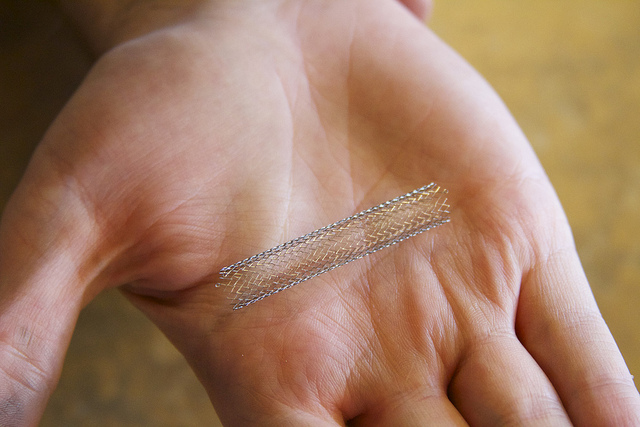Over the years, implantable medical devices have been introduced in order to assist in certain medical procedures. These implants range from artificial hips, used in hip replacement surgeries, to coronary stents, which supply blood to patients’ hearts after unstable anginas or heart attacks resulting from blocked arteries. Though these implants have saved many lives, they can be difficult to work with because of how they are made. Bozhi Tian, assistant professor of Chemistry at the University of Chicago, expresses his dissatisfaction with modern implants by stating, “most traditional materials for implants are very rigid and bulky, especially if you want to do electrical stimulation.”
In order to rectify this, he collaborated with Francisco Bezanilla, a neuroscientist and the Lillian Eichelberger Cannon Professor of Biochemistry and Molecular Biology also at the University of Chicago. The team created a biomaterial that is small, electrically functional, and as soft as human tissue. The material is made out of particles that can be injected in a liquid solution and that naturally degrade inside the body, which eliminates the need for surgery to remove any implants. Another cool feature of this material is that it can be activated by light.
Image Source: Maciej Frolow
The particles were built using a process called nano-casting. The main material is silicon, which is organized into a web-like structure that is able to absorb water as well as light. When the team put these particles on neurons in a cell culture, they were able to activate the neurons by shining a light on the particles, indicated by a measurable current flowing through the neurons upon light-stimulation. As a potential application, an injectable device made from these particles could be created in a research lab and then tweaked with light to manipulate individual cells to fit a certain specification.
With further research, it is predicted that this material can be used to create artificial organs, which would replace the ones that are currently in use but not ideal in form. These artificial organs would be easier to implant and also impose less of a risk, considering surgery won’t be required to remove them.
Feature Image Source: “Open Stent” by Lenore Edman










